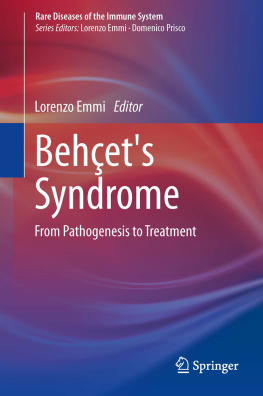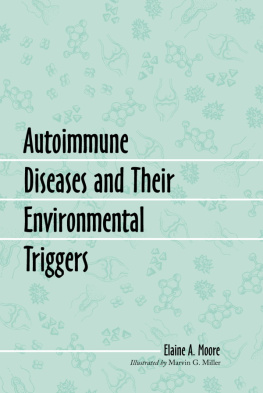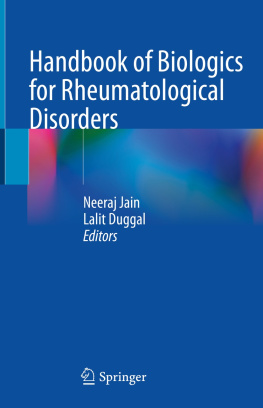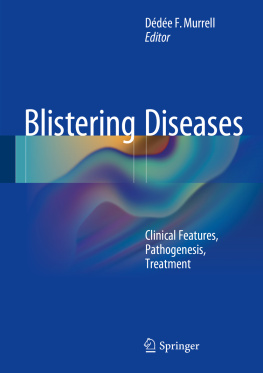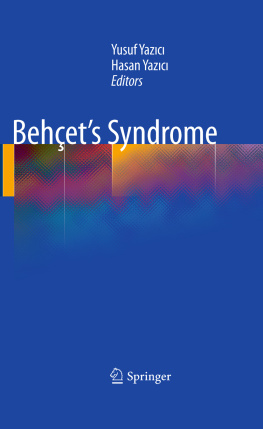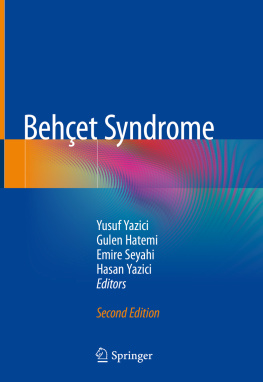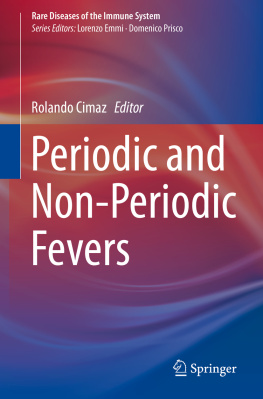1. The Numbers of Behet: A Rare Disease?
Abstract
A disease is considered rare when it has a low prevalence [<5 affected individuals in 10,000]. Currently, approximately 30 million of Europeans have a rare disease on an estimated total number of rare conditions of about 6,000 to 8,000. Numbers of Behet disease ( BD ) reveals significant regional differences. The highest prevalence rates are recorded in the Mediterranean and Middle/Far Eastern regions (e.g. in Turkey it affects 400:10,000 individuals): in these areas BD cannot be regarded as a rare disease. In other European countries prevalence rates are lower ranging from 0.3 to 6.4 per 100,000 persons: these figures allow BD to be brought within the definition of a rare condition. Albeit rare diseases are heterogeneous they share some similar features including a genetic cause/predisposition, an onset in the paediatric age, a multisystem involvement, a chronic/disabling course and high psychological, social and economic burdens. Despite therapeutic agents are many, definite treatments do not yet exist. Due to such complexity, multidisciplinary approaches are needed to optimise management, follow-up and treatments. Improving the access of patients to experts care reduces the rate of delayed diagnosis/misdiagnosis and the use of unnecessary/harmful therapies. Networks of centres of expertise have been proposed [e.g. the European Reference Network on Rare Diseases, RD ERNs]. National EU help lines on rare diseases are currently working to provide a service of information and support: notably, during the last 5 years, BD was recorded among the six most frequent diseases enquired (out of 15,807 in 16,000 phone calls) at the Italian Helpline Telefono Verde Malattie Rare of the National Institute of Health.
In the European Union (EU) countries, a disease is considered rare when it has a low prevalence: i.e. when it affects less than 5 individuals in 10,000. That means which approximately 30 million of people are affected by a rare disease throughout Europe: i.e. from 6 to 8 % of the general European population, on a total number of rare conditions estimated at about 6,0008,000 [].
Numbers of Behet disease (BD) reveals significant regional differences: the disease is more frequent along the Mediterranean, Middle Eastern and Far Eastern areas with its highest prevalence rates in Turkey (e.g. 400:100,000 individuals) where BD cannot be regarded as a rare condition. Conversely, in other European countries (e.g. United Kingdom, Spain, Sweden, or Portugal) the numbers are lower with prevalence rates ranging from 0.3 to 6.4 per 100,000 persons []. These figures allow BD to be brought within the definition of a rare condition.
Although rare diseases are very heterogeneous, people with rare conditions share a number of similar experiences despite their different diseases. Overall, a few common key features do exist. More than 80 % of rare diseases are caused by genetic defects, in most cases the onset is in the paediatric age and the natural history is often that of a chronic and disabling condition with a high psychological, social and economic burden affecting the daily life of patients and their families. A multisystem involvement is frequent: the nervous system being most commonly affected. Due to their complexity, a team of interdisciplinary experts is necessary in managing and facing all the different aspects of the disease including medical, rehabilitative, psychological, social, basic research and public health problems.
In keeping with the above aspectswhich distinguish a rare conditionBD is regarded as a chronic multisystem inflammatory disorder, whose appropriate management requires a multidisciplinary approach. Paediatric cases are rather uncommon. The cause of the disease remains unknown, though an abnormal immune-mediate response along with environmental triggers and a genetic predisposition are involved in the pathogenesis. Overall, the clinical course of BD is considerably disabling as the disease is among the first causes of loss of vision in adulthood. Although therapeutic agents are various, a definite treatment does not yet exist. Thus, the most effective and real management is still dependent upon an early diagnosis, appropriate clinical pathways and focused interventions at follow-up: these contribute to reduce the risk of serious complications and socioeconomic costs related to the disease.
Several relevant issues are still cause of major concerns in the field of rare diseases including BD, such as a high percentage of diagnostic delays, lack of pathogenetic therapies, paucity of drug trials especially for affected children and their equity access, need to prioritise the development of Orphan drugs, defence of patients rights, creation of registries and bio-banks, difficulties in getting proper financial support for basic and clinical research and, last, scarcity of relevant knowledge and expertise in the specific field.
Far from developing a public health policy specifically aimed to deal with each rare disease, it is worthy to guarantee a global approach considering all rare diseases as a whole [].
National healthcare centres for surveillance, diagnosis, treatment and rehabilitation of people affected by rare diseases differ significantly across Europe depending on their availability and local organisation. In Italy, for instance, the health policy on rare diseases is regulated by the Ministerial Decree n.279/2001 ( ].
At the European level, rare diseases are among the priorities of the EU Public Health Programme 20032008 and 20082013. In recent years, the adoptions of the documents created by the Commission Communication, the Council Recommendation and the Directive on Cross-border healthcare, contributed to create operational frameworks acting in several areas belonging to rare conditions (e.g. classification and codification, European reference networks, orphan drugs, European committee of experts, etc.) [].
Improving the access of patients with a rare disease to experts care reduces the rate of incorrect diagnosis, delayed diagnosis or misdiagnosis and the use of unnecessary or even harmful therapeutic interventions. Therefore, a network of centres of expertise for rare diseases has been considered an outmost important action at the EU level as also indicated by the EUCERD Recommendations [].
The European Project for Rare Diseases National Plans Development (EUROPLAN www.europlanproject.eu ) is a European initiative, co-funded by the EU Commission (DG-SANCO) and coordinated by the Italian National Centre for Rare Diseases (Istituto Superiore di Sanit) to promote and implement National Plans or Strategies to tackle rare diseases, to share relevant experiences within Countries, to join national efforts with a common strategy at the European level.
In order to raise public awareness on rare diseases, national help lines are currently working altogether at European levels to provide a service of information on rare conditions and related issues (e.g. centres of expertise, exemption for full reimbursement, social care, patients organisation, psychological support) [) BD was recorded among the six most frequent diseases enquired during the last 5 years of activities, out of 16,000 phone calls (unpublished data).

